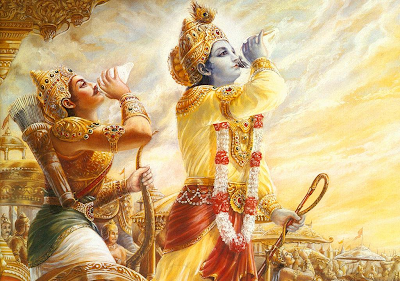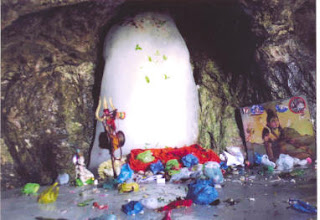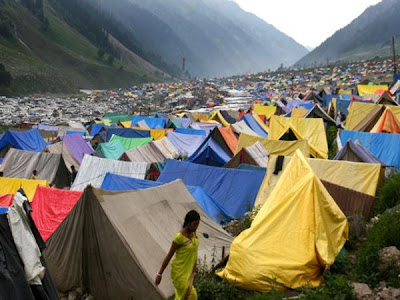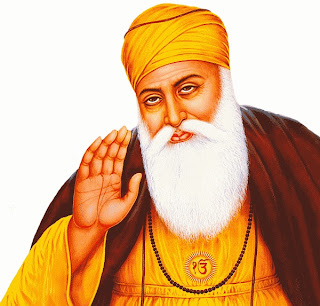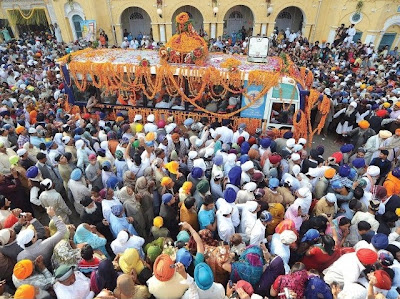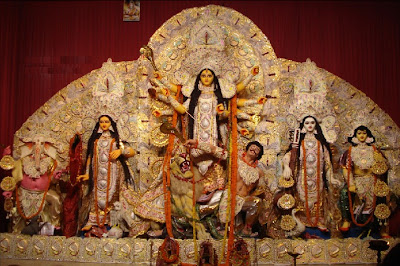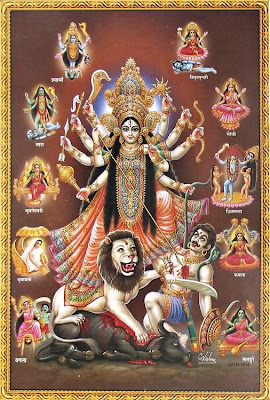Hop Around India team Wishes entire enthusiasts a Happy New Year with loads of adventure and fun filled travel holiday
Year 2012, has been very eventful for us at Hop Around India. Visits to Hoparoundindia.com have more than doubled and are steadily at 50,000 visitors per day this year. This December and this year also sees the calendar date as 20-12-2012. This kind of a date doesn’t come again for the next 89 years. Hoparoundindia team wishes the entire travel enthusiasts a happy new year with loads of adventure and fun filled travel holiday. December is the 12th and the last month of the year according to the Gregorian calendar. December is the month with the shortest daylight hours of the year in the Northern Hemisphere and the longest daylight hours of the year in the Southern Hemisphere.
“Christmas Day: Dec 25th ”
Christmas Day is celebrated as the birth anniversary of Lord Jesus Christ at Bethlehem, the land of Jews. The festival is celebrated as an honor of Lord Jesus, who is considered as the son of God and founder of the Christianity. Most important Christmas traditions, including Christmas trees, mistletoe, Christmas presents, and Santa Claus – are modern incarnations. Therefore, wishing someone Merry Christmas is truly wishing them a peaceful or blessed ‘Mass of Christ”
Chumpha Festival:
Chumpha Festival is celebrated with great zeal and enthusiasm in the state of Manipur by Tanghul Nagas, for whom it is important festival. These festival celebrations include get to gather all family members and friends for everyone to rejoice and enjoy.
Wild life:
Jim Corbett National Park:
The most famous national park in India. It was established in 1936 as Hailey National park. The park is named in honor of Jim Corbett who played a key role in its establishment and is a legendary figure in this area. The park is located in the state of Uttarakhand. The park has sub-Himalayan belt geographical and ecological characteristics.
Events
New Year Eve: Dec 31st
New Year's Eve Celebrations in India are the time to party and excavate into the last minute fun. People wait for the festival with high excitement as it marks the new beginning of the next stage of life. The celebration usually starts in the evening and gets to full swing at 12 o' Clock midnight and lasts till late night. All the night clubs, discotheques, amusement parks and even the cinema halls are thronged by people of all ages.
Chrysanthemums Show:
Chrysanthemums Show is very famous flower show in Chandigarh, hosted every year at the Terraced garden in sector 33. This show usually held in the month of December. In this fair we can find different types of flowers. They conducted various competitions regarding gardening, in which more city gardeners participate.
Best Places to Visit in December:
Honeymoon places in India:
Manali:
 “Himachal Pradesh is a thrilling paradise and a most admired honeymoon destination in India. It is closely situated to the snowline of Himalaya’s; Being a hill station winters remain extremely cold in Manali.
“Himachal Pradesh is a thrilling paradise and a most admired honeymoon destination in India. It is closely situated to the snowline of Himalaya’s; Being a hill station winters remain extremely cold in Manali.Goa:
Munnar:

“Munnar - one of the most beautiful hill stations in India is located in the state of Kerala. Munnar is also popularly called as “Kashmir of South India” and a trip to Kerala is never complete without a visit to Munnar. Being a hill station, Munnar has pleasant climate throughout the year and gives you a thrilling experience especially in winters.
Book air tickets @ CheapOair.ca
Book air tickets @ CheapOair.ca

